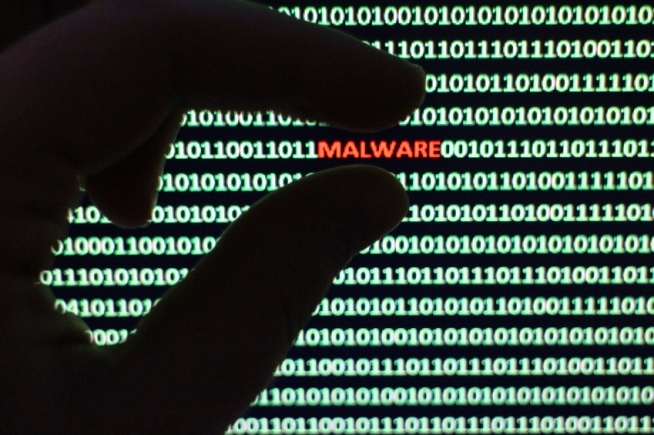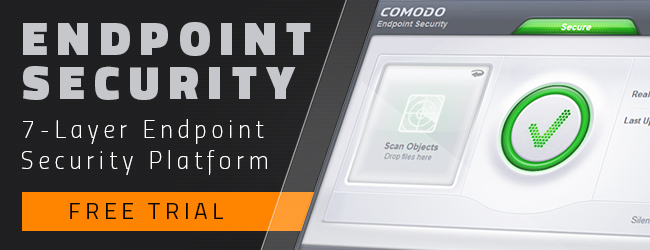 Most organizations have faced data breaches at some, with the number of victims growing daily. It does not matter how big or small the organization is, everyone is now a target.
Most organizations have faced data breaches at some, with the number of victims growing daily. It does not matter how big or small the organization is, everyone is now a target.
In recent years, enough high profile retailers have been compromised that almost every American has either been a victim of identity theft or needed to replace current cards to avoid being a victim. The main reason is due to the excessive dependence on security tools that simply cannot address all threats. Conventional security has lists of known valid files and files known to be threats. They can deal with the known good and known bad files appropriately. Unfortunately, there will always be files that are unknown to the system. Some of these files will in fact be threats. That is the great flaw in most security, dealing with the unknown threats
Every day hackers release new malware into “the wild”, as many as 50,000 new threats each day. There is simply no way an antivirus systems can update its threat list fast enough. There will always be some gap between time a threat starts spreading across the internet and the time that vendors update their list known as signature file. Signature file or blacklist. During that gap period the malware is an unknown file and you are defenceless against it with most security systems.
Factors that can help handle unknown threats:
Install an antivirus software to deliver and employ robust virus removal methods –
Dealing with unknown threats requires a sandbox. Some Windows 8 Antivirus provide a sandbox, but only Comodo Internet Security Software implements virus scanning and auto sandboxing technology. This means it is not entirely up to the user to decide what should or should not go in the sandbox for safe keeping. (https://poshsushi.com/)
Use of Firewall –
A firewall monitors network traffic and can deal with threats before they infect your computer.
Isolate infected drives –
Infected drives should be first isolated, scanned and then repaired.
Points to Remember after installing an antivirus program
It’s not a matter of just installing antivirus software onto your system. It’s all about maintaining the updated version of the antivirus software which helps you to protect your system from the latest viruses and hence aid in virus removal. Scan the system on a regular basis, hence maintaining virus free files on your system.
Update your computer OS and backup your files
The operating system that you are working with, also shares a significant role. Hence update your system’s operating system once the new version is released.
Comodo Endpoint Security Solutions offers centralized security management protection by incorporating Antivirus, Firewall with Default Deny Protection, Auto-Sandboxing, Host Intrusion Prevention and much more. It also mitigates administrative efforts.
Related Resources:
https://antivirus.comodo.com/blog/computer-safety/best-antivirus-of-2019/
Website Backup



